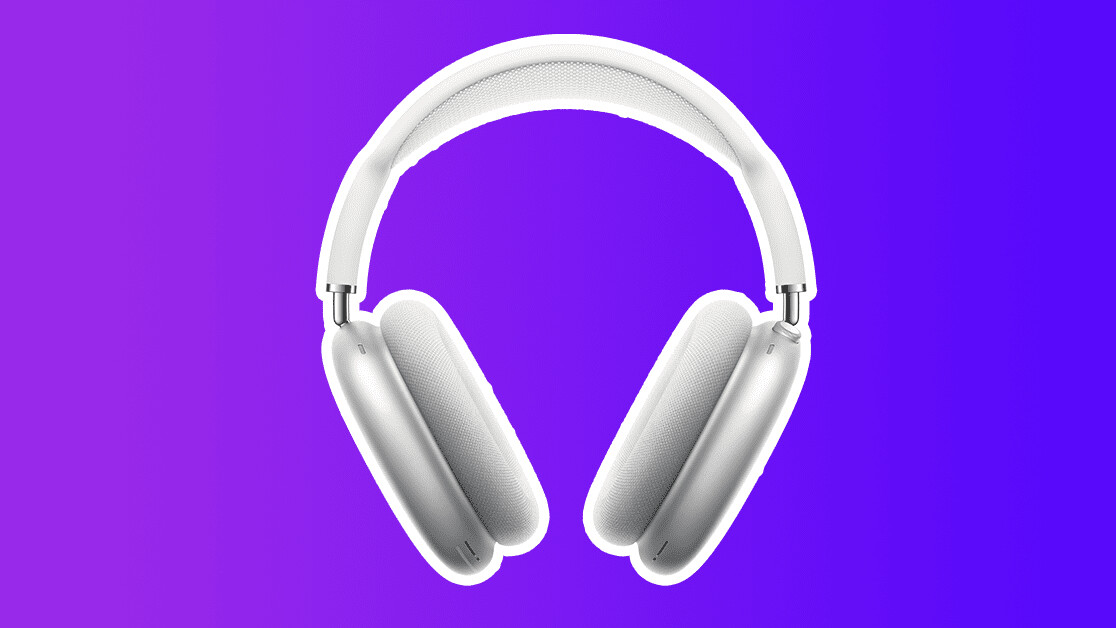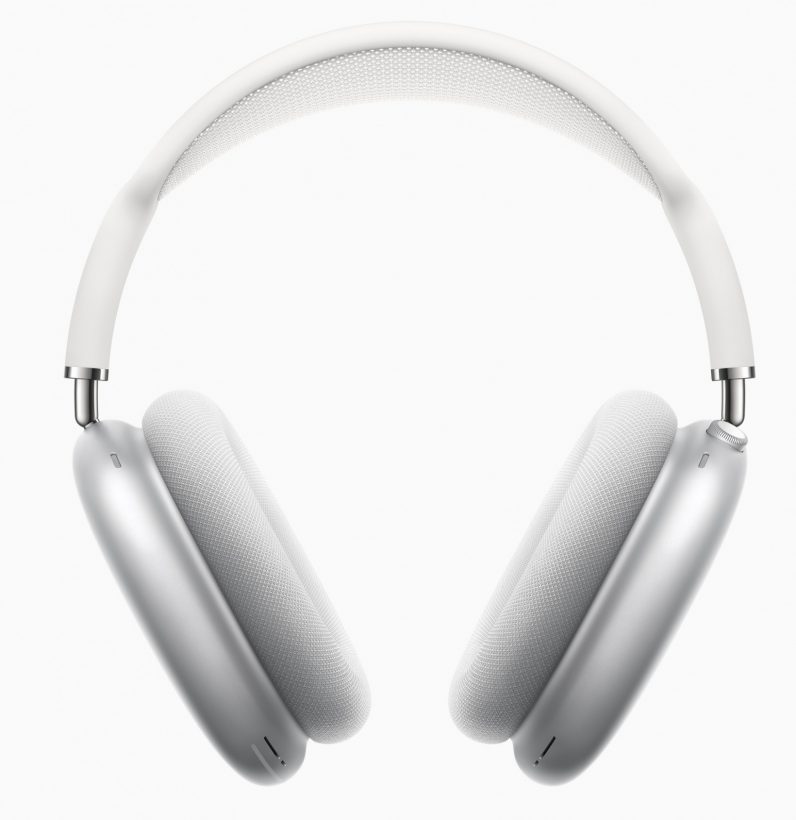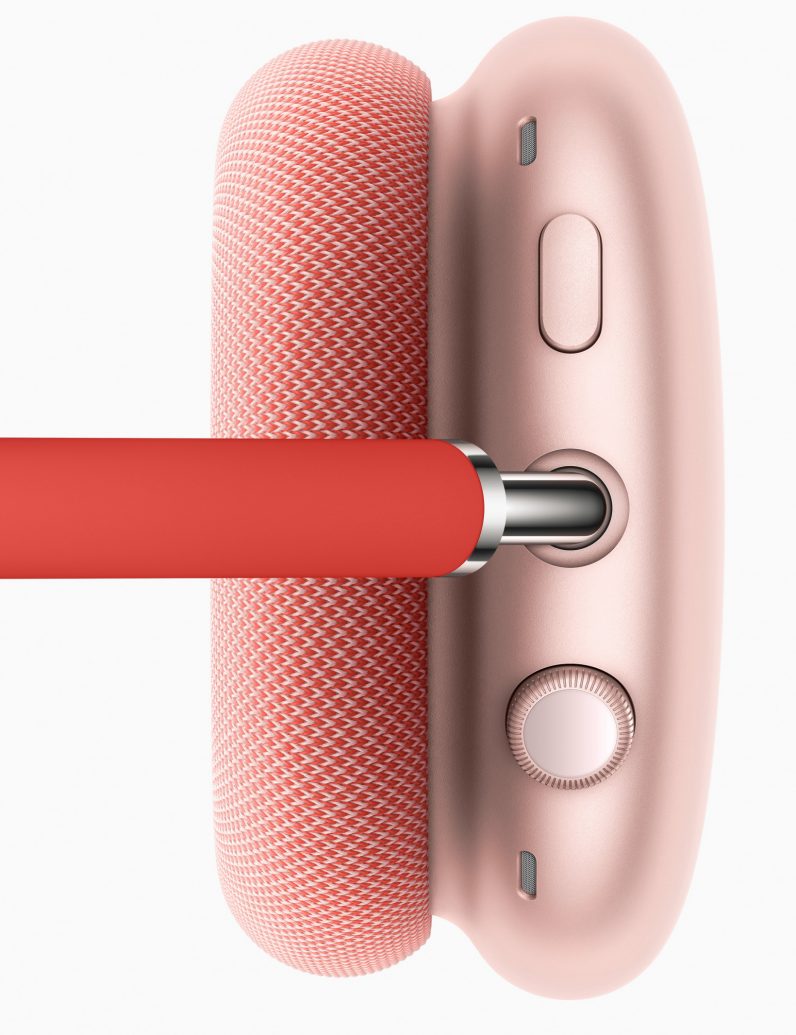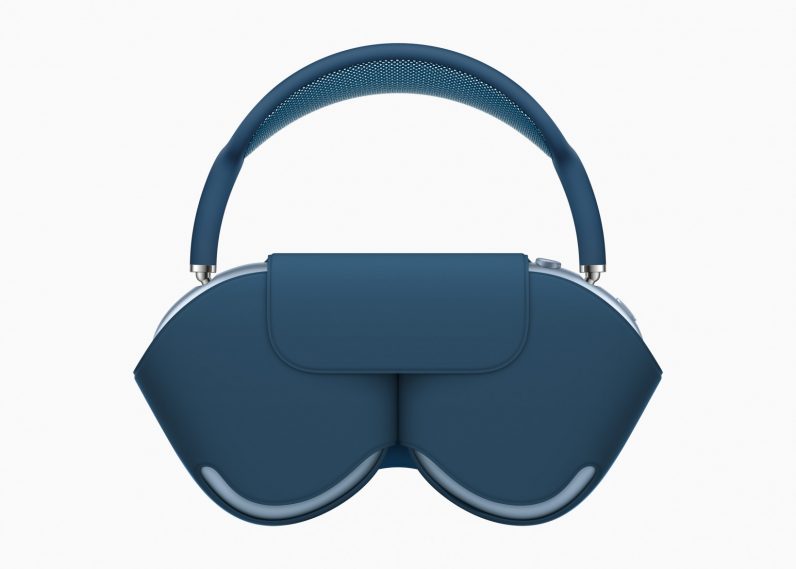
Okay, I was wrong about what Apple was going to announce this week, but at least it announced something. And, girl, what a something. Say hello to the AirPods Max:

As the name suggests, the AirPods Max are a bigger version of Apple’s AirPods. More specifically, an over-ear pair. These will be targeted more towards the audiophile end of the market and — ignoring Beats — are the company’s first foray into this space.
The headphones will have the functionality you already expect from AirPods — this includes the H1 chip, ANC, transparency mode, and spatial audio — but there are some pretty big new features included too.
Let’s go through them.
Apple wants the AirPods Max to deliver optimal comfort — not that it’d try and do anything but that to be honest, but here we are — and it aims to achieve that with some interesting design choices. First, is a mesh that travels along the stainless steel headband, something that’s meant to distribute weight evenly. The headband is also adjustable and connects to the ear cup with a hinge Apple refers to as “a revolutionary mechanism,” but I’ll wait to pass judgement on that.
The earpads are also made out of memory foam, for comfort and to create a seal from the outside world. Arguably, the most interesting design element on the AirPods Max is the inclusion of an Apple Watch-style digital crown.

Now, we should talk about the “computational audio” side of the headphones.
The AirPods Max have a 40mm Apple-designed dynamic driver, alongside a dual neodymium ring magnet motor. According to the company, this should “maintain total harmonic distortion of less than 1% across the entire audible range.”
This sounds impressive, but most solid headphones should have total harmonic distortion under 1%. Indeed, high-end headphones should have a figure of 0.1% here.
But let’s go back to that computational audio talk. The AirPods Max have the aforementioned H1 chip, something capable of 9 billion operations a second. Apple is planning to use this to power some of the features we’ve already mentioned (ANC, transparency, etc.), but also adaptive EQ, something that changes sound dependant on the fit and seal of the headphones. I’m very excited to try this out.
What else do we need to know about the AirPods Max?
Well, they come in five colors: space gray, silver, sky blue, green, and pink. You can order them today — and they’ll start shipping on December 15.
Oh, and they’ll set you back $549. Which is… a lot. Especially considering the costs of its direct competitors: Sony WH-1000XM4 ($280), Bose QuietComfort 35 II ($270), and the Sennheiser Momentum 3 ($350). Currently, I’m struggling to see why they’re worth over $200 more than any of these other fantastic sets of cans.
And this isn’t the only questionable element of the AirPods Max.
It seems odd to me they’d charge with a Lightning connector, rather than USB-C, especially when it looks certain Apple will be forced away from its proprietary cable soon. And how could I forget? There’s a “smart case” which is one of the dumbest things I’ve ever seen:

Anyway, the big selling point of the AirPods Max — and, indeed, AirPods in general — is how seamlessly they integrate with the rest of Apple’s hardware. And you know the AirPods Max are going to operate in much the same way. I have no doubt that these things are going to be good, but I seriously question if they’re going to be worth $550.
To be honest, the AirPods Max have basically hit my expectations: they look beautiful, have some interesting design features, and cost a shit ton. Of course though, we can’t pass any judgement until we’ve actually heard the damn things. And I genuinely can’t wait for that.
Get the TNW newsletter
Get the most important tech news in your inbox each week.




